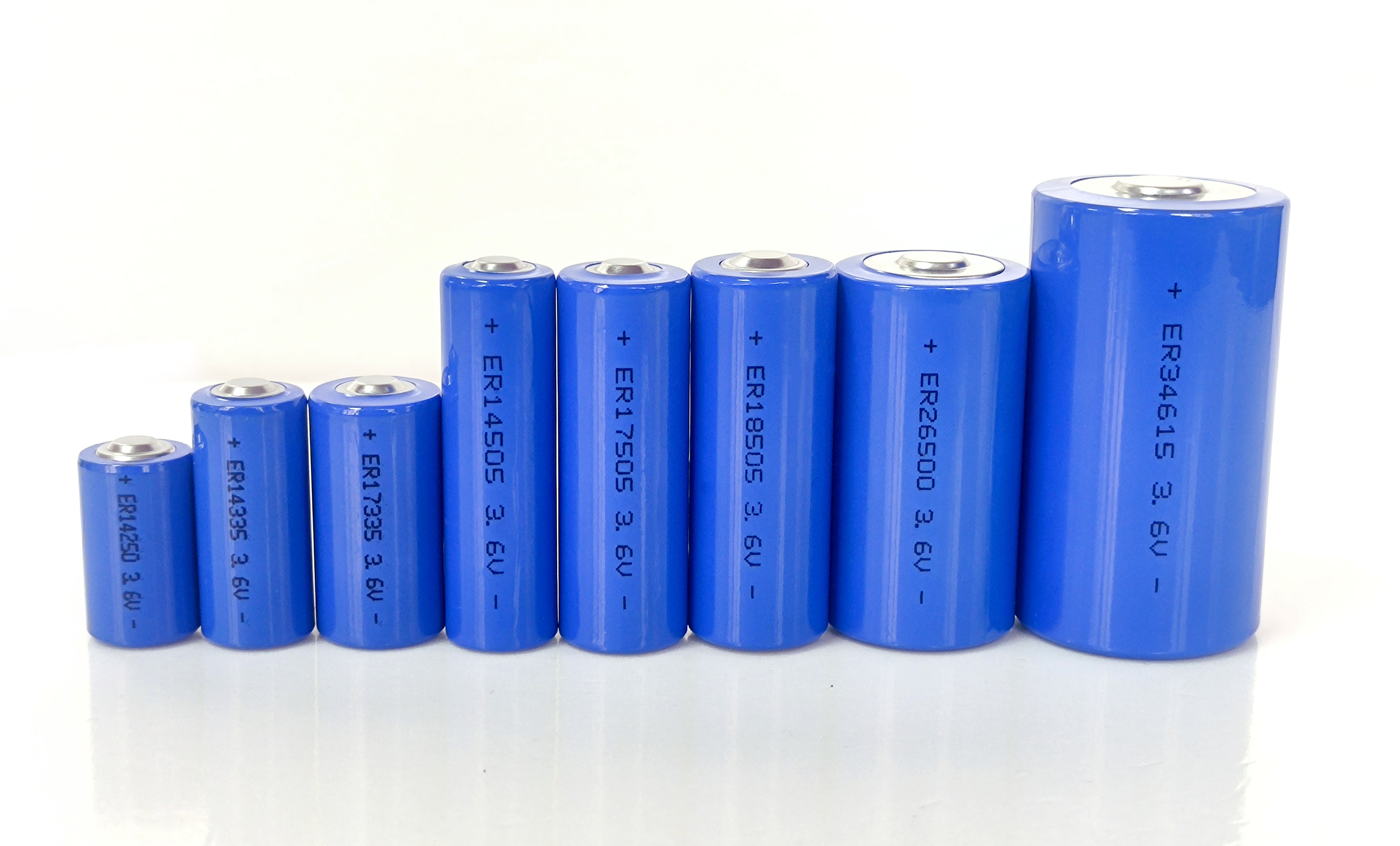Special Shaped LiSOCl₂ Batteries and High-Temperature Battery Technologies for Instrumentation Applications
Special Shaped LiSOCl₂ Batteries and High-Temperature Battery Technologies for Instrumentation Applications

In the ever-evolving world of battery technologies, special shaped LiSOCl₂ batteries and high-temperature batteries have gained significant importance due to their unique capabilities and applicability in diverse industrial and instrumentation settings. This article delves into the advancements, challenges, and potential applications of these specialized battery systems, particularly focusing on the ER13150 450mAh 3.6V battery, a key component in today's high-performance instrumentation.
I. Introduction to Special Shaped LiSOCl₂ Batteries
Lithium thionyl chloride (LiSOCl₂) batteries are renowned for their high energy density, long shelf life, and stable voltage output. Their unique chemistry allows them to operate in extreme temperatures, making them ideal for applications where conventional batteries fail. Special shaped LiSOCl₂ batteries, such as the ER13150, offer a customizable solution that perfectly fits the design requirements of specialized instrumentation.
The ER13150 battery, with its 450mAh capacity and 3.6V nominal voltage, is a prime example of the versatility and reliability of special shaped LiSOCl₂ batteries. Its compact size and high-energy density make it a preferred choice for portable and handheld instrumentation, where space and weight are critical factors.
II. Advances in Special Shaped Battery Design
The design of special shaped LiSOCl₂ batteries involves a combination of engineering precision and material science. The batteries are custom-made to fit the specific dimensions and requirements of the instrumentation, ensuring optimal performance and integration.
Recent advancements in battery design have focused on improving energy density, reducing weight, and enhancing safety. New materials and manufacturing techniques have been employed to create batteries that are lighter, more powerful, and safer than ever before.
The ER13150 battery, for instance, utilizes advanced materials and manufacturing processes to achieve its high-energy density and long shelf life. Its robust design ensures reliable performance even in harsh environments, making it a trusted choice for critical instrumentation applications.
III. Special Shaped High-Temperature Batteries
High-temperature batteries are designed to operate reliably in extreme temperatures, often exceeding 100°C. These batteries are crucial for applications such as oil and gas exploration, aerospace, and automotive industries, where conventional batteries fail due to heat.
Special shaped high-temperature batteries, like the LiSOCl₂ batteries discussed earlier, offer a unique solution for instrumentation that needs to operate in high-temperature environments. Their ability to maintain stable performance even at elevated temperatures makes them invaluable for applications that require reliable power sources in harsh conditions.
IV. Advances in High-Temperature Battery Technology
The development of high-temperature battery technology has been a significant focus of research and development efforts. Advances in battery chemistry, materials, and manufacturing processes have led to batteries that can operate safely and efficiently at temperatures far exceeding the capabilities of conventional batteries.
New battery chemistries, such as lithium-sulfur and lithium-air, have shown promising results in high-temperature applications. These chemistries offer higher energy densities and longer cycle lives compared to traditional lithium-ion batteries, making them ideal candidates for high-temperature instrumentation.
In addition, advancements in battery management systems (BMS) have also played a crucial role in improving the performance and safety of high-temperature batteries. BMS systems monitor and control the battery's operating conditions, ensuring that it operates within safe limits and maximizes its performance.
V. LiSOCl₂ Battery Pack and High-Temperature Battery Pack Configurations
Battery packs, consisting of multiple individual batteries connected in series or parallel, are often used to provide the required voltage and capacity for instrumentation applications. Special shaped LiSOCl₂ battery packs and high-temperature battery packs offer a convenient and reliable solution for powering complex instrumentation systems.
The configuration of the battery pack depends on the specific requirements of the instrumentation. Series connections increase the voltage output, while parallel connections increase the capacity. The optimal configuration is determined based on the instrumentation's voltage and current requirements.
For example, a high-temperature battery pack consisting of multiple LiSOCl₂ batteries connected in series may be used to power a high-voltage instrumentation system operating in a harsh environment. The battery pack's ability to maintain stable performance at elevated temperatures ensures reliable operation of the instrumentation even in extreme conditions.
VI. High Temperature Li-SOCL₂ Battery in Series-Parallel Combination
The combination of series and parallel connections in high temperature Li-SOCL₂ battery packs offers a flexible solution for meeting the diverse requirements of instrumentation applications.





